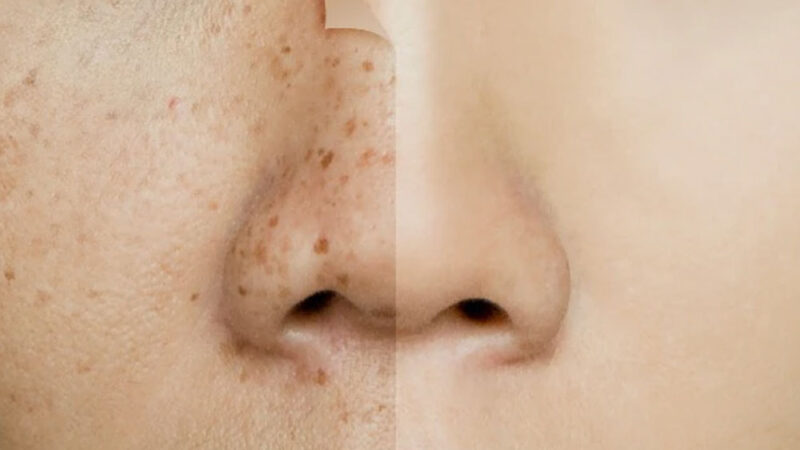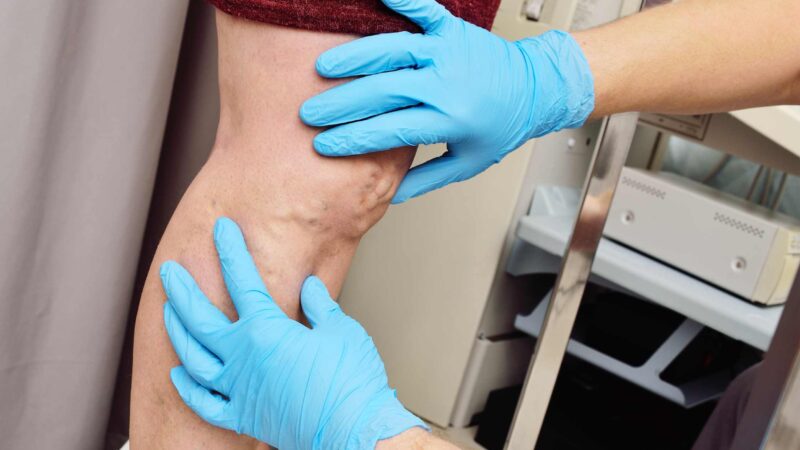Is Ehrlichia in dogs curable?

Humans are certainly not the only living creature to exist on this earth. Animals such as cats and dogs are becoming a favourite creature for humans to adopt and love. Taking care of pets is not a new thing as people have been doing it for thousands of years. The fact that humans and animals live together or at least interact once in their lifetime. In the world of medicine, animals such as dogs may affect human health both in good or bad ways. Throughout this article, we will learn about a disease commonly associated with dogs and can affect humans which is ehrlichiosis.
Ehrlichiosis is a term used to describe disease caused by the bacteria Ehrlichia chaffeensis, E. ewingii, or E. muris eauclairensis. In general, it explains the disease caused by the Ehrlichia species. These bacteria are mainly transmitted through bites of infected ticks. Infections are mostly reported in the summer months and when the risk is in adult or nymphal stages. Elderly are most affected by the infection. Children may experience mild infections or infection that goes unnoticed.
What exactly is an infected tick? Infected ticks are ticks that are affected by infection such as the Ehrlichia bacteria. This means that not all ticks are able to cause infection in humans. In the context of Ehrlichia infection, specific tick species such as brown dog tick, prefer to feed on dogs. This makes it the main carrier for the infection. Other types of tick such as lone star tick and blacklegged tick may also be the infected tick and cause Ehrlichiosis.
People with Ehrlichia infections may begin to see signs or feel symptoms in a week or two after the bite from an infected tick. Infected ticks themselves are usually painless, making most people unaware of the bite. Early signs and symptoms include fever, severe headache, muscle ache, nausea, vomiting, loss of appetite, diarrhoea and muscle aches. Skin rash is commonly found in children. The rash can be seen as pinpoint dots or red splotches. Symptoms can be severe in those with impaired immunity or weak immune system such as those undergoing cancer treatment or have HIV infection.
In some patients, symptoms can get severe to the extent of life-threatening events. It may cause sepsis-like or shock-like episodes that can be deadly. It can cause damage to the brain or nervous system, organ failure, uncontrolled bleeding and respiratory failure. This is why it is important to get treatment for ehrlichiosis. Those who are at high risk for severe illness such as the elderly, immunocompromised and receiving certain medication need to receive treatment promptly to avoid complications.
Treatment is mainly focused on antibiotics to eradicate the bacterial infection. Antibiotic courses typically run for a week. Due to the fact that doxycycline is the preferred antibiotics to treat this condition, it may cause worries to parents as in general it is not advisable to give doxycycline in children. Do speak with your doctor if you are concerned with potential tooth staining to the child. It is worth noting that tooth staining is not a concern when doxycycline is used for a short period of time. Delaying treatment can worsen symptoms.
If you try to search for Ehrlichia, you would find many articles emphasising on the infected ticks affecting dogs. Dogs affected by ehrlichiosis should get evaluated by a veterinarian. There are many symptoms seen in dogs with the infection such as fever, fatigue, tiredness, weight loss, bloody nose, bruising under skin, eye discharges, cloudy eyes and large lumps on its body. One of the concerns with ehrlichia in dogs is if it is curable. Yes, it is curable as treatment with antibiotics can help clear the infections. Furthermore, the survival rate of dogs with ehrlichiosis is high when it is detected early. Nevertheless, the outcome can be different when the infected dog is left untreated, depending on the dog’s immune condition and the species of Ehrlichia affecting it.
Back to ehrlichiosis in humans, prevention can be difficult as there is no vaccine that can mitigate the infection. The best way to prevent this infection is to prevent tick bites and ensure pets are free from ticks. Expecting where ticks can be such as in grass, brushy or wooded areas can help you be aware of the ticks. By knowing that these places are concentrated with ticks, it is best to treat clothing and gear with permethrin after and before being in these regions. Usage of insect repellents can be helpful too. Avoid walking in tall grass or leaf litter and opt to walk in the centre of trails. Remember to check for ticks after being outdoors and take an immediate shower. Those who have a dog as their pet need to ensure the dog’s environment is free from ticks. This can easily be done by applying flea and tick medications as preventive measures. Talk to a veterinarian on the best preventive method for the dog.







